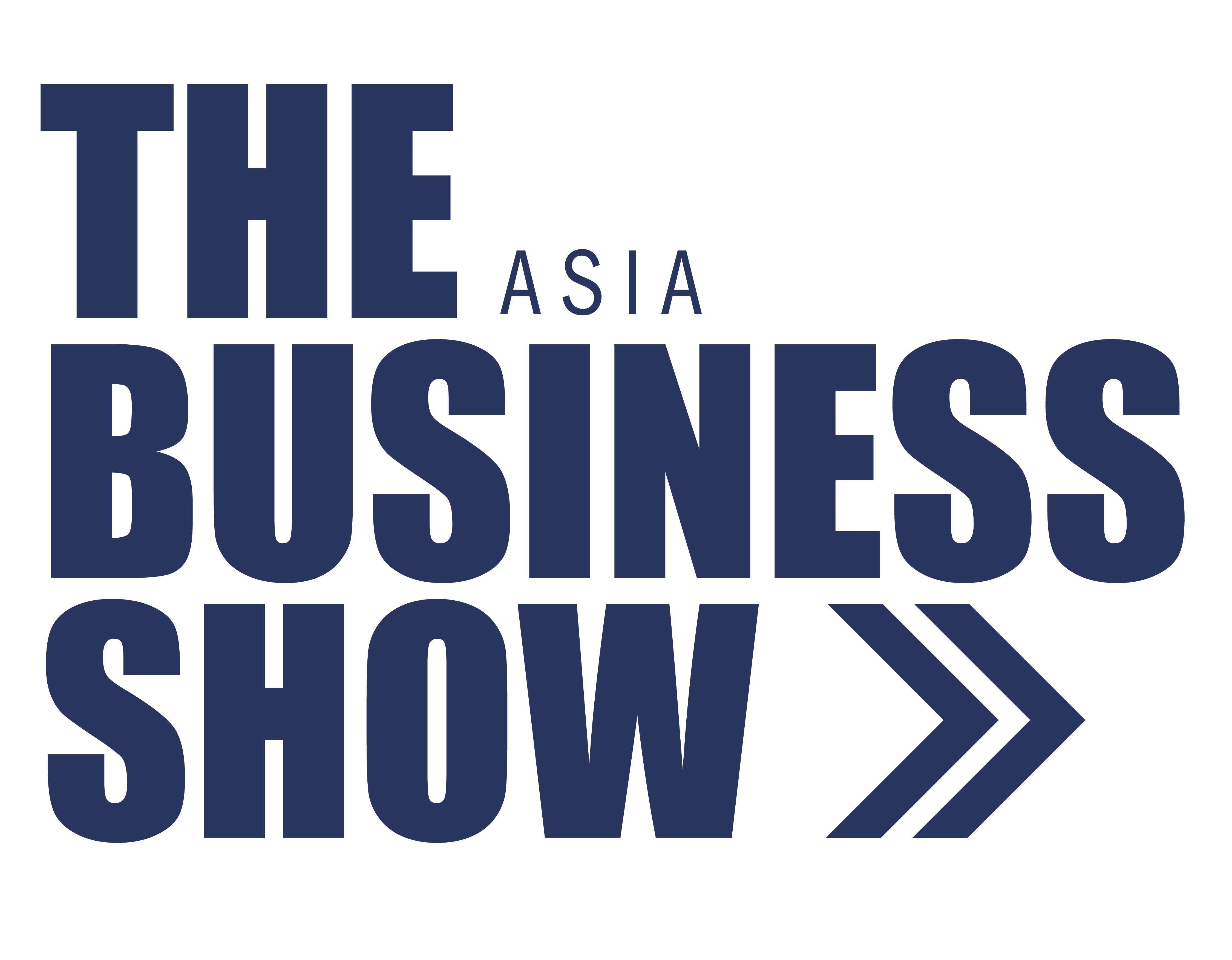Culture as Competitive Advantage: How Organisations Are Using Internal Values to Lead in External Markets
)
In today’s business landscape, success is no longer defined solely by innovative products or efficient operations, it’s also shaped by the culture within an organisation. More than ever, companies are realising that their internal values can become their strongest competitive advantage, influencing everything from employee retention to customer trust.
From Internal Alignment to External Impact
When a company’s core values are well-defined and lived daily, they do more than guide internal behaviour — they shape how the organisation competes externally. A strong internal culture fosters collaboration, creativity, and accountability, which naturally translate into better products, stronger relationships, and more resilient business strategies.
Global studies show that organisations with clear and authentic cultures outperform competitors in customer satisfaction and long-term profitability. In Asia, where talent mobility and cross-border operations are accelerating, cultural alignment helps businesses scale without losing their identity.
Attracting and Retaining the Right Talent
In a tight labour market, culture is a powerful magnet for talent. Employees today seek workplaces that reflect their values, not just offer a paycheck. A culture that encourages growth, innovation, and inclusivity becomes a differentiator, helping organisations retain top performers and attract purpose-driven individuals.
Leaders play a critical role here. It’s not enough to declare values; they must embody them. When leadership walks the talk, it builds trust and loyalty across the company.
Culture-Driven Brands Build Trust
Externally, culture translates into brand perception. Companies like Patagonia, Microsoft, and DBS Bank have successfully used their internal values — sustainability, innovation, and customer-centricity to define their external identities.
When customers believe in what a company stands for, they become advocates, not just buyers. In a competitive market, that emotional connection is invaluable.
Building a Culture-First Strategy
To turn culture into a competitive edge, leaders can start by:
-
Defining authentic values — grounded in real business practices, not slogans.
-
Embedding culture into strategy — aligning goals, rewards, and operations with core principles.
-
Measuring impact — using feedback, engagement scores, and performance outcomes to track cultural strength.
-
Communicating consistently — internally and externally, through storytelling and transparent leadership.
Final Thoughts
Culture isn’t just a “soft” factor , it’s a measurable, strategic driver of success. For organisations across Asia, investing in internal values isn’t just about employee engagement; it’s about building a foundation for lasting competitive advantage.
As businesses adapt to shifting markets, those that lead with culture will continue to stand out, inspire loyalty, and drive innovation from the inside out.



